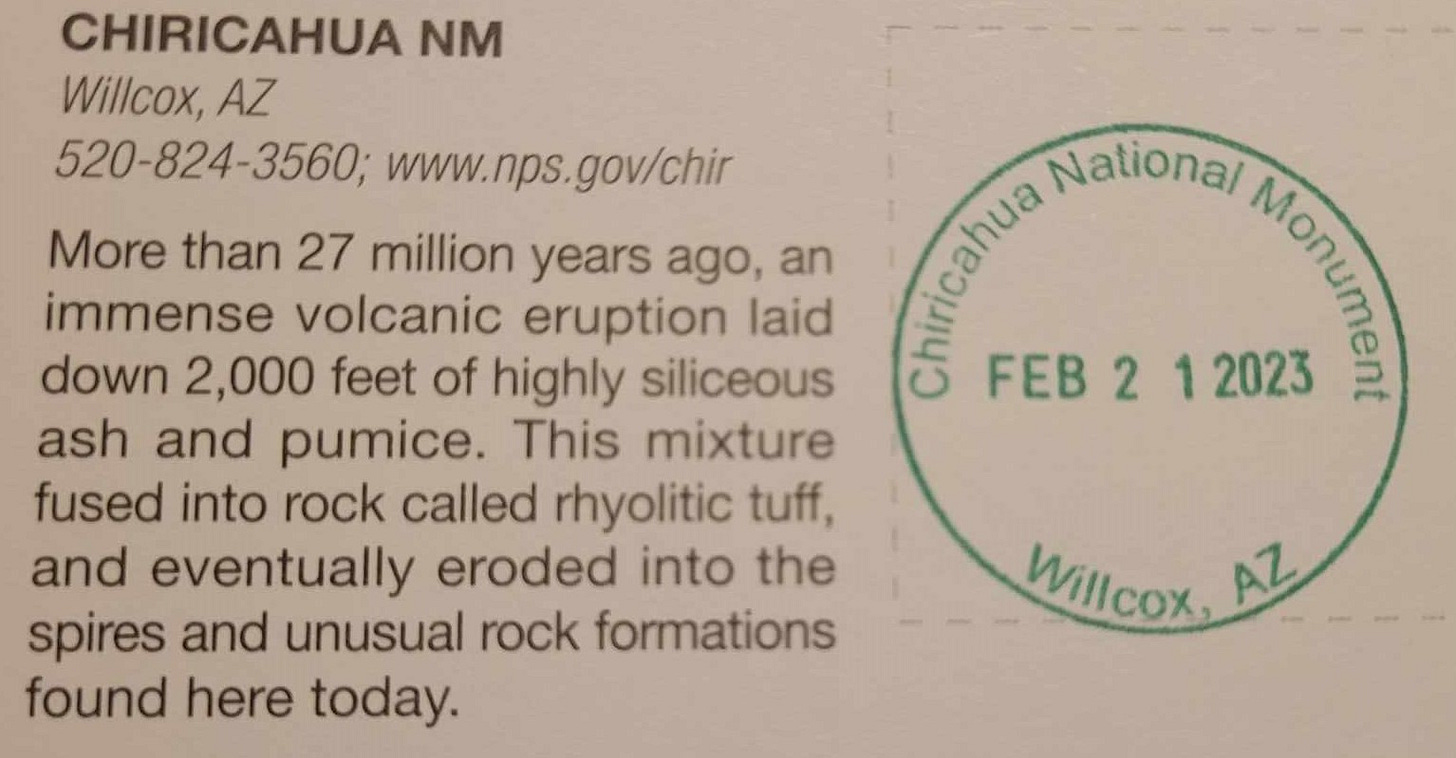Utah State Flag
The Beehive State recently redesigned their flag replacing the old "Seal-on-a-Bedsheet" style flag
In March 2023, Utah’s governor, Spencer Cox, signed a bill that approved a new state flag (pictured above). Utah’s new flag will become official in March of 2024. Cox also issued an executive order requiring Utah's current, or now historic flag to be flown at the state Capitol at all times – and at state buildings on holidays.
Over Christmas, my son showed me an entertaining YouTube video where the creator of the video proceeded to rank all 50 of the state flags. Thinking about the four states in which this newsletter covers, I realized that I didn’t know what Utah’s state looked like. Utah’s state flag was highlighted at the end of that video and explained the reasons why Utah redesigned their flag. My subsequent research revealed some interesting facts. I feel so nerdy, so much like Sheldon on Big Bang Theory.
What do the Symbols on Utah’s New Flag Mean
The new Utah flag has several points of symbolism within its design.
Blue for knowledge, freedom, and tradition, as well as Utah's natural lakes and dark skies.
The white for the mountains in northern Utah.
A gold hexagon for prosperity and industry, Utah’s state slogan, and Utah desert landscapes.
A beehive for prosperity and identity as the Beehive State.
A five-pointed star which represents the foundation of Utah and statehood.
A red rock valley represents Southern Utah’s majestic landscapes.
What are Characteristics of a “Good” Flag?
The entertaining video that my son sent me, and a book entitled "Good" Flag, "Bad" Flag compiled by Ted Kay list five characteristics of a good flag.
Keep It Simple. The flag should be so simple that a child can draw it from memory
Use Meaningful Symbolism.
Use 2 or 3 Basic Colors.
No Lettering or Seals. Never use writing on any kind or an organization’s seal
Be Distinctive or Be Related. Avoid duplicating other flags
Many state redesigning their flags appear to be following these rules.
The Evolution of State Flags
State flags were originally thought to be “anti-Union” because southern states adopted their own flags after seceding from the Union prior to the Civil War. After the war, northern states felt that state flags weren’t needed as we have one flag and it’s the flag of our country.
After the Civil War, the tendency was to downplay distinctiveness and state flags looked similar to each other and tried not to detract from the Star-Spangled Banner. Most U.S. state flags were designed and adopted between 1893 and World War I.
Almost half of the current era flags are the “Seal-on-a-Bedsheet” design also known as S.O.B. These flag’s feature the state’s seal or coat of arms in front of a one-color background (usually blue).
The “old” or historic flag of Utah is of the S.O.B. variety. This is probably one of the reasons why Utah desired to design a new flag.
Other States Flag Overhauls
Many of us are aware that many of the Southern states redesigned their flags to remove the Confederate Battle Flag. Mississippi was the last state to remove the Confederate symbol in 2021.
Utah is not the most recent state to make a change. Minnesota changed their flag in December 2023. The Land of 10,000 Lakes ditched their Seal-on-a-Bedsheet design and removed the seal as it featured imagery that was offensive to Native Americans. It features a Native American riding on horseback; however, many feel it represents them leaving the state.
From my research it appears that several other states are considering replacing their flag. Among them are Illinois, Maine and Michigan.
The Other Four Corner States Flags
Vexillologists (persons who study flags) rank the three other Four Corner states, Arizona, Colorado and New Mexico, high in their flag design. I’m sure the redesign of Utah’s flag has elevated it as well.

The Arizona flag was formally adopted on January 25, 1917, five years after achieving statehood. The top part features thirteen red and yellow rays. Those colors represent the Spanish conquistadores that explored this part of the country and, as you probably guessed, the number represents the original colonies. The center star is copper colored representing the fact that Arizona is known as the Copper State and produces more copper than any other state in the Union.
Even though Colorado adopted their current flag in 1911, it has a modern feel. The white stripe on the flag represents the snow on the Rocky Mountains and the blue stripes stand for the state’s blue skies. The gold sphere symbolizes the state’s sunny weather, and the red of the “C” represents the color of its rocks and earth.
New Mexico’s state flag consists of a red Zia sun symbol on a field of gold. It was officially adopted in 1925 to highlight New Mexico's Native American and Hispanic heritage. The Zia is a symbol of the Puebloan people, who have ancient roots in the state, with the colors of the flag of Spain which established and ruled “Nuevo Mexico” for over two and a half centuries.
It’s nice that Utah has joined the highly ranked Four Corner state flags and no longer has an S.O.B. flag.
Next Time
Do you collect stamps at national parks and monuments like I do? I have one of those fancy Passport to Your National Parks books to collect the stamps and it has places for many of the National Park Service locations.
Well, I found a location that the book has but it cannot be visited! I did some research about it and drove out into the middle of nowhere to find it. Check my next post to find out about this mystery national monument!












Oh, now I’m really curious about this secret location you’re going to visit! As a Coloradan, I never really thought about the whole S.O.B. nature of a lot of state flags. Thanks for sharing all this state flag info!
Why a beehive?